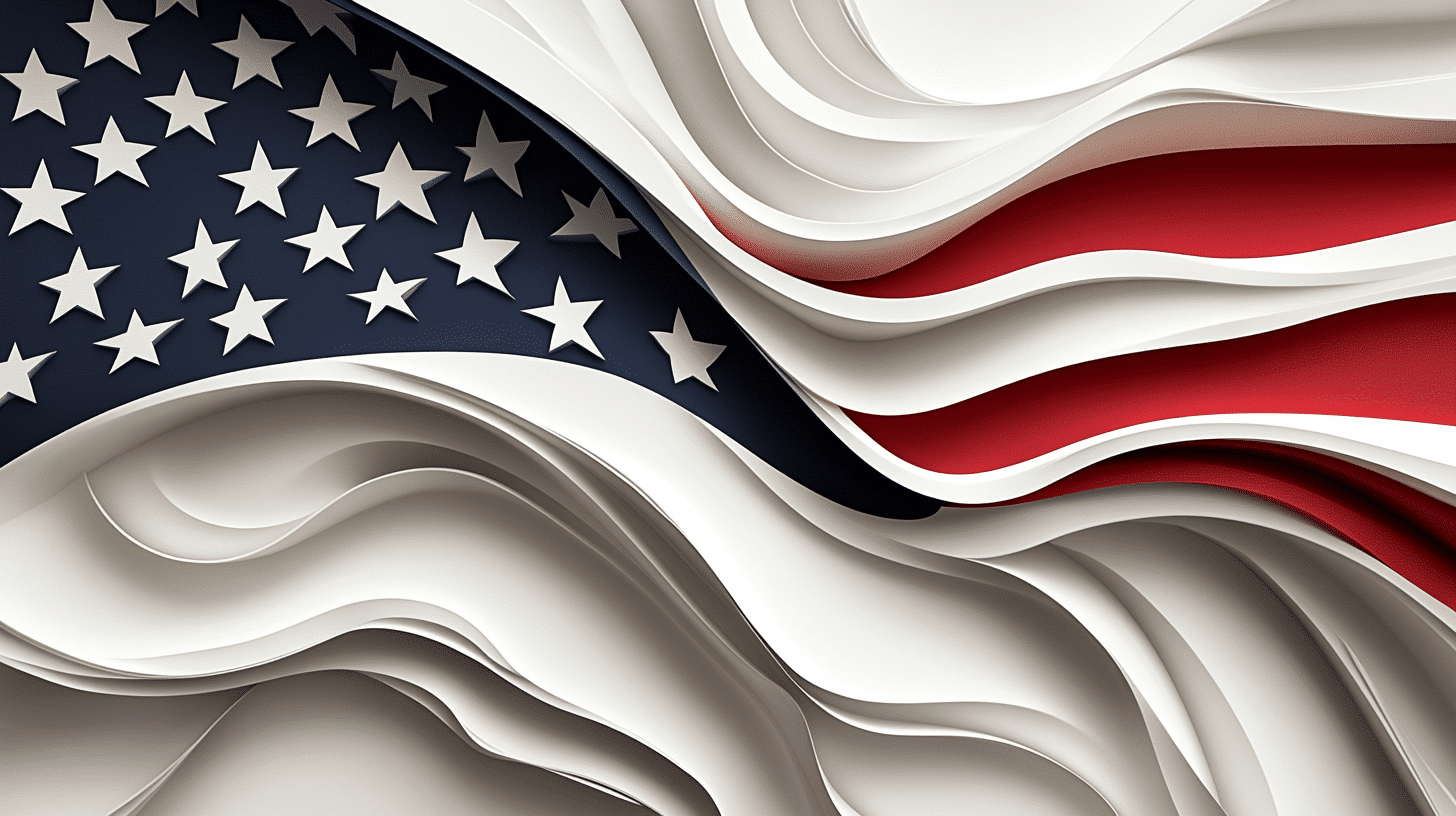What is National Bison Day?
National Bison Day is celebrated on the first Saturday of November in the United States to honor the American bison, an iconic species that represents the country’s natural heritage and cultural history. The bison, also known as the American buffalo, has played a significant role in the lives of Indigenous communities, American settlers, and in shaping the American landscape. This day recognizes the bison’s resilience, its ecological importance, and its role as the national mammal of the United States.
National Bison Day encourages people to learn more about the history of the bison, its near-extinction due to overhunting in the 19th century, and the conservation efforts that helped bring it back from the brink. Through events, educational programs, and public gatherings, this day celebrates the bison’s role in American history and its cultural significance to Indigenous communities.
History and Origin
National Bison Day began as a grassroots effort by the Vote Bison Coalition, an alliance of Native American tribes, conservationists, and wildlife advocates. The coalition aimed to bring awareness to the importance of the bison and its symbolic place in American history and culture. In 2016, after years of advocacy, the U.S. Congress passed a law designating the bison as the national mammal of the United States, adding to its status as an enduring symbol of the American frontier.
Since then, National Bison Day has been celebrated annually on the first Saturday of November. The day highlights the conservation success story of the bison, which once faced extinction but has been preserved through joint efforts by conservationists, the federal government, and Native American tribes. Today, bison thrive on public lands, tribal lands, and private ranches across the United States.
Who Celebrates National Bison Day?
- Conservationists and Wildlife Organizations: Groups such as the American Bison Society and the Wildlife Conservation Society celebrate by promoting bison conservation and educating the public about its ecological importance.
- Native American Tribes: Many tribes observe the day by honoring the bison’s significance in Indigenous culture, where it represents life, strength, and sustainability. Various tribes are also involved in bison restoration projects.
- Environmental Educators and Schools: Educators and schools celebrate by incorporating lessons about the bison’s role in American history, its ecological impact, and conservation efforts.
- National Parks and Public Lands: Parks like Yellowstone and the National Bison Range hold events, guided tours, and educational talks to highlight the role of bison in U.S. ecosystems.
- Families and Outdoor Enthusiasts: Nature lovers celebrate by visiting bison habitats, learning about the species, and participating in local events to support bison conservation.
Slogans and Themes
National Bison Day emphasizes conservation, heritage, and resilience. Common themes include “Protect the Bison, Protect Our Heritage,” “Symbol of Strength and Survival,” and “Celebrating America’s National Mammal.” These themes encourage public awareness of the bison’s historical significance and the importance of preserving its habitat and population.
Colors, Symbols, and Patterns
- Colors:
- Brown: Represents the color of the bison and the prairie landscapes it inhabits, symbolizing strength and endurance.
- Green: Symbolizes conservation and the natural habitat of bison on grasslands and prairies.
- Gold and Orange: Reflect the autumn season when National Bison Day is observed, adding warmth to its imagery.
- Symbols:
- Bison Silhouette: Represents the strength and presence of the bison on the American landscape, often used in educational and promotional materials.
- Prairie Grass: Symbolizes the natural habitat of the bison, emphasizing the importance of conserving grassland ecosystems.
- Feather: Represents Native American heritage and the spiritual connection between Indigenous tribes and the bison.
- Patterns:
- Bison Fur Texture: Represents resilience and strength, adding depth to visual representations of the bison.
- Mountain and Grassland Motifs: Symbolize the bison’s habitat, emphasizing the connection between the species and its environment.
- Native-Inspired Patterns: Reflect the cultural importance of the bison in Indigenous communities.
Most Used Hashtags
- #NationalBisonDay
- #ProtectTheBison
- #AmericanBison
- #BisonStrong
- #BisonHeritage
How to Celebrate National Bison Day
- Visit a National Park or Bison Reserve: Plan a trip to a national park where bison roam, such as Yellowstone or the National Bison Range. Witnessing these animals in their natural habitat can be a powerful way to connect with their history and importance.
- Learn About Bison Conservation Efforts: Read about or watch documentaries on the bison’s near-extinction and the conservation efforts that have helped restore its populations. Sharing these stories with others can raise awareness.
- Support Indigenous Bison Restoration Projects: Many Native American tribes are involved in bison restoration initiatives. Supporting or donating to these projects helps empower Indigenous communities and aids conservation efforts.
- Enjoy Bison-Themed Crafts or Cooking: Make crafts or meals inspired by the bison to celebrate the day. This could include creating bison-themed art with children or exploring bison meat recipes as a sustainable alternative.
- Share on Social Media: Use the day’s hashtags to share photos, facts, and resources about bison and their significance. This can help raise awareness and inspire others to learn about bison conservation.
Why is National Bison Day Important?
National Bison Day is important because it honors a species that symbolizes strength, resilience, and America’s natural heritage. The story of the bison’s near-extinction and its remarkable recovery is a reminder of the importance of conservation and the role humans play in protecting wildlife. Celebrating this day promotes continued awareness of the bison’s cultural and ecological significance, helping to ensure that future generations can appreciate this national symbol.
This observance also highlights the deep connection between Indigenous communities and the bison, acknowledging the respect, traditions, and spiritual bonds that have long existed. National Bison Day encourages a shared commitment to conservation, cultural heritage, and the health of America’s natural landscapes.
Features
- Animals
